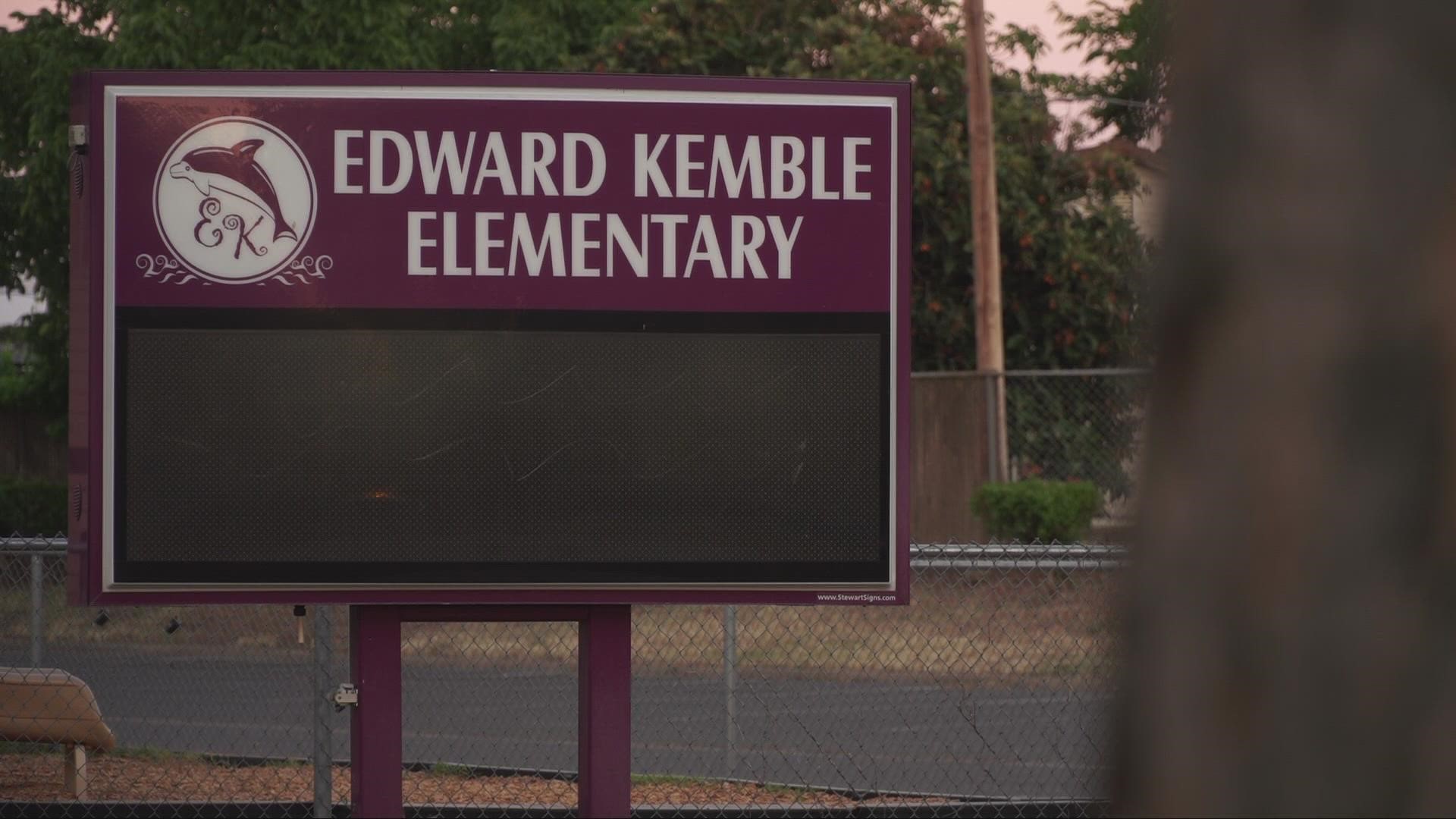SACRAMENTO, Calif. — One of the most effective ways people can respond to the latest string of mass killings is to prioritize prevention and intervention when people pick up on signs of threatening behavior in a person, according to violence prevention consultant Hector Alvarez.
The Sacramento-based security expert spoke with ABC10 about what he described as the growing field of behavioral threat assessment.
"The focus is on helping identifying people on a pathway to violence," he said on Wednesday. "Like 99.9% of time, it's rare that there are not crystal clear warning signs that were overlooked or misunderstood—or simply not even acted on."
What are some indicators of potentially threatening behavior?
Alvarez said one phenomenon to look out for is "leakage," described by the FBI as a potentially violent person intentionally or unintentionally revealing their plans to others.
Other indicators include:
- Collecting resources
- Posting concerning messages or images online
- Buying weapons
- End of life planning
What can I do if I identify potentially threatening behavior?
California passed red flag laws in 2016 allowing law enforcement officers, and family members of a potentially dangerous person to petition courts for a ban on that person possessing firearms.
In 2020, Assembly Bill 61 expanded the right to petition a court for a gun violence restraining order to employers, coworkers and school employees.
How can schools and students respond to prevent future shootings?
Just as fire and earthquake drills have been practiced regularly at most California schools for decades, Alvarez said threat assessment education and drills among students should be happening just as often.
"I think the problem in schools, every year, we have a new group of kids that have to be retrained. You're doing the same thing over and over," he said. "So it's easy to get complacent."
Alvarez said events like the school shooting Uvalde, Texas and the grocery store shooting in Buffalo, New York show there is more work to do in terms of harm prevention and intervention when threatening indicators arise.
"It tends to be a constant, uphill battle, to get people to focus on prevention and intervention," he said.




















